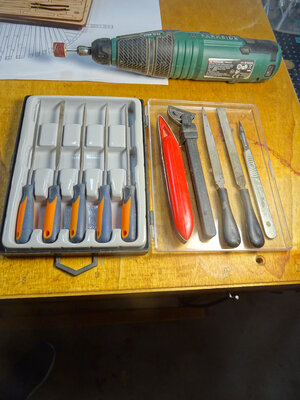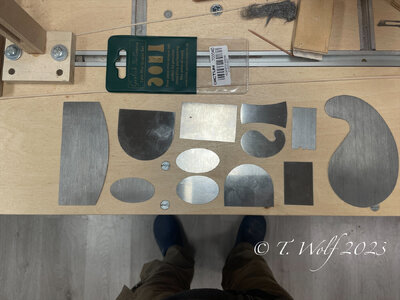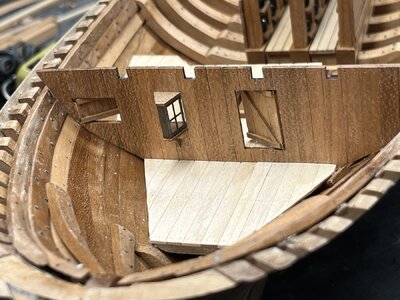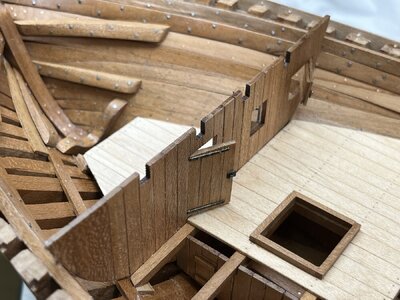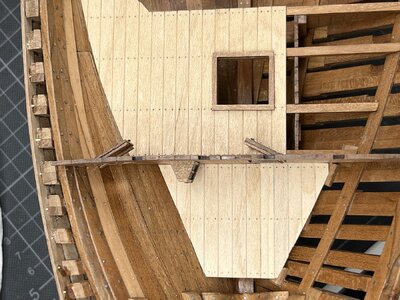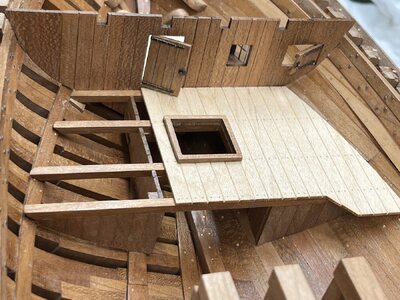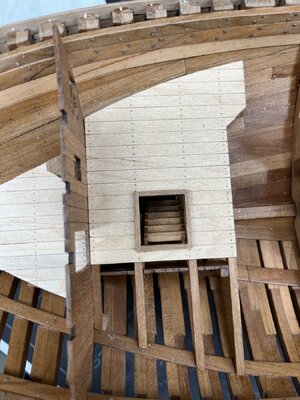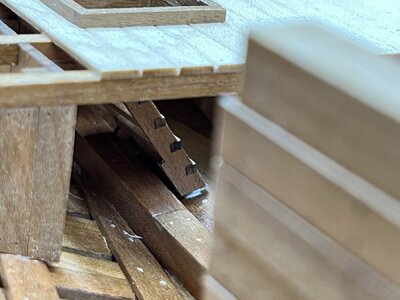Witaj
Pasowanie tego wszystkiego jest bardzo trudne ale zrobiłeś bardzo bobrze Uwe .Oglądam z przyjemnością twoją pracę . Pozdrawiam Mirek
Hello
Putting it all together is very difficult, but you did a great job, Uwe. I watch your work with pleasure. Regards, Mirek
Pasowanie tego wszystkiego jest bardzo trudne ale zrobiłeś bardzo bobrze Uwe .Oglądam z przyjemnością twoją pracę . Pozdrawiam Mirek
Hello
Putting it all together is very difficult, but you did a great job, Uwe. I watch your work with pleasure. Regards, Mirek
Last edited by a moderator:




